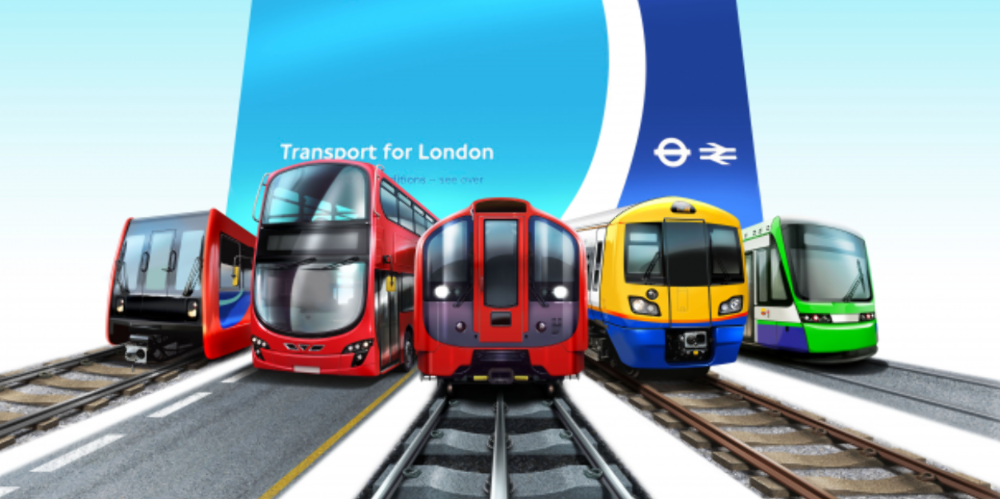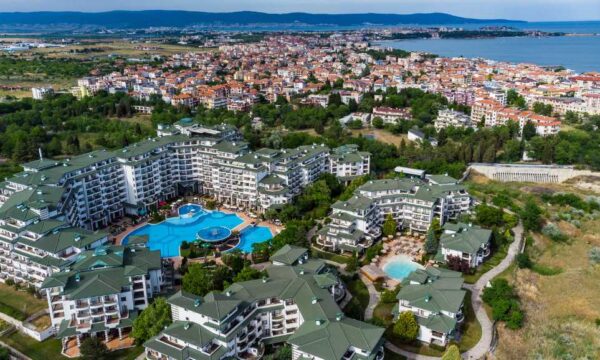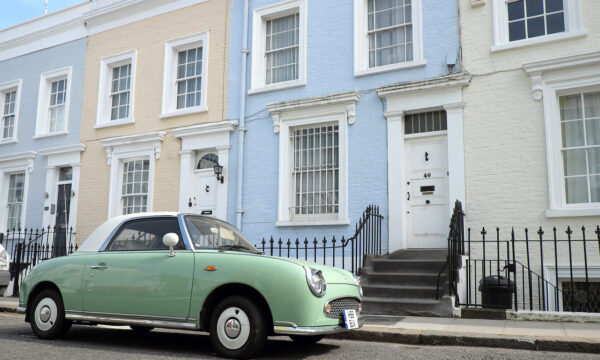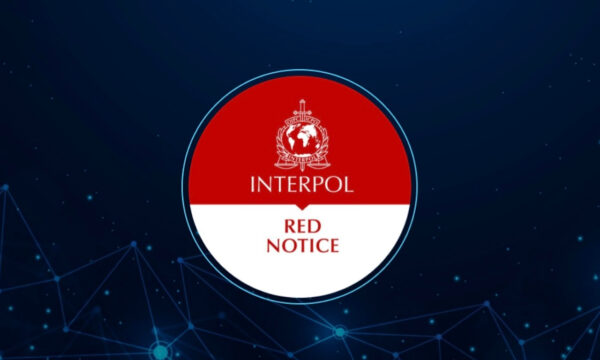How will Khan’s fare freeze affect TfL accessibility?

With a new Mayor of London we are expecting to see some changes to one of London’s biggest institutions: TfL. The fare cap has raised many questions surrounding TfL, predominantly on how many jobs this freeze could potentially cull. But what about the plans to make TfL more accessible?
Current action being taken to make London’s transport system more accessible
London’s transport network is, according to the city’s Commissioner of Transport, one of the most accessible in the world. But that by no means equals a perfect system. There are still many stations that are entirely inaccessible or very difficult to get around if you’re in a wheelchair or even if you have a sight impairment.
Currently, a tannoy at London Bridge issues warnings that a big detour is required to find step-free access to a bus, which does not exactly deliver equality to wheelchair users. But everything is a process and work is being done to help improve this.
One app, Wayfindr, is working to help people with visual impairments to navigate cities and systems like London’s transport network, and has been working alongside major transport authorities like TfL to achieve this.
TfL also provides a number of services to help people navigate the transport networks, from guides that can teach you how best to use the tube and which stations are best suited to your needs, to audio guides and large print tube maps.
Future accessibility plans for TfL
23% find that inaccessibility issues are caused by inappropriate lifts or escalators. Here is TfL’s ten-year plan for step-free access, which aims to incorporate appropriate lifts to stations:
2015/16: Greenford, South Tottenham, Tower Hill, Vauxhall
2016/17: Ealing Broadway, Tottenham Court Road
2017/18: Bank (Waterloo & City line), Bond Street, Bromley-by-Bow, Brondesbury
2018/19: Blackhorse Road (London Overground), Finsbury Park, Moorgate, Paddington (Bakerloo line), Peckham Rye, Queen’s Park, Seven Sisters (London Overground), Victoria, West Hampstead (London Overground), Whitechapel
2019/20: Elephant & Castle (Northern line)
2021/22: Bank (Northern line)
2023/24: Camden Town, Holborn
There are more details from a 2012 report on plans to implement changes to the London transport network by 2020 on the TfL site.
Fare freeze could put current plans to a halt
Sadiq Khan’s Mayoral manifesto states that he will ensure the “transport system is accessible to all users”, with plans to design all future buses with sufficient space for wheelchair users and plans to be more ambitious about step-free access.
Alongside this, the fare freeze will be achieved by making TfL less “flabby”. Many have argued that Sadiq Khan’s figures did not and do not add up – however they were mainly his opposition.
One word to take from Khan’s manifesto is “ambitious”. To enforce a fare freeze and achieve an accessible network, alongside all of the other improvements such as safer, cleaner cycle and walking networks, is just that – very ambitious.
It is not difficult to imagine that at the very least, step-free access may not adhere to the planned dates stated above – and that accessibility may take a hit if the figures do not add up. But Sadiq Khan is committed to London’s travel network, so we can wait and hope to see a more accessible London created under his leadership than we saw under Boris Johnson’s.
The editorial unit



















Facebook
Twitter
Instagram
YouTube
RSS